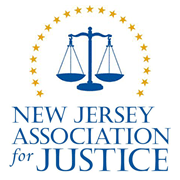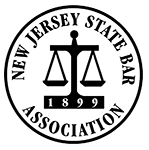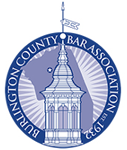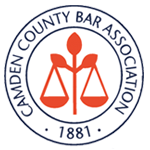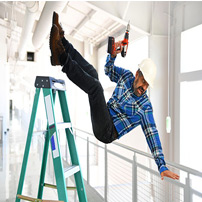 Working in the construction industry is not a job to be taken lightly. According to the Occupational Safety and Health Administration (OSHA) one in five worker deaths were due to construction related accidents in 2017.
Working in the construction industry is not a job to be taken lightly. According to the Occupational Safety and Health Administration (OSHA) one in five worker deaths were due to construction related accidents in 2017.
This means that out of 4,674 worker deaths in private industries, 971 of those deaths were in construction.
Fatal Four Accidents
The leading cause of construction deaths have been named the Fatal Four by OSHA. They include falls, followed by workers being struck-by objects, electrocution, and workers being caught-in/between objects.
A closer look at the Fatal Four reveals:
Falls: Falls were the leading cause of construction workplace deaths in 2017, accounting for 381 out of the 971 total construction deaths in that year. Employers can protect their workers by using safety nets, guardrails, and restraint systems.
Educating workers about safety hazards and providing them with the necessary protective equipment can greatly reduce the risk of injury and death.
Struck-by Object: The second leading cause of death among construction workers was being struck-by an object. This includes objects that are falling, swinging, flying, and rolling. To prevent death or injury from this type of accident, educating employees about the dangers of positioning themselves between objects is of utmost importance.
Employees should also wear face shields and protective goggles, as well as hard hats and other personal protective equipment (PPE).
Electrocution: Electrocution was the third leading cause of death among construction workers in 2017. Faulty power cords, powerlines, and improper use of equipment all contribute to construction worker fatalities.
To prevent death or injury by electrocution, it is important for employers to provide the necessary safety training and to stress the importance of always wearing PPE. Warning signs are also important and should be posted to warn workers about electrical hazards.
Caught-in/Between Objects: Caught-in/between objects was the fourth leading cause of death among construction workers in 2017. Caught-in/between objects involves a worker getting a body part stuck, jammed, or crushed between objects, including unguarded machinery and equipment rollovers.
Similar to being struck-by an object, it is important that employers educate workers about the dangers of positioning themselves between an immovable object and a heavy piece of equipment.
Eliminating the Fatal Four
It is important for employers to reinforce safety awareness on a continuous basis and to make sure that employees comply with safety protocols in order to prevent death and injury on the job.
Implementing safety training programs is another way to educate employees about safety hazards. OSHA has created a program called Focus Four to address the four deadliest construction worker risks.
OSHA estimates that eliminating the Fatal Four would save 582 construction workers’ lives in the U.S. every year.
Cherry Hill Workers’ Compensation Lawyers at Pietras Saracino Smith & Meeks LLP Represent Victims Injured in the Fatal Four Construction Accidents
The Fatal Four construction accidents claim hundreds of lives every year, while leaving others with serious injuries. If you or someone you know were the victim in a construction accident, Cherry Hill workers’ compensation lawyers at Pietras Saracino Smith & Meeks LLP are here to get you the compensation you deserve. For a free consultation contact us online or by phone at 856-761-3773. Our office is located in Cherry Hill, New Jersey, and we proudly represent clients across South Jersey, including the City of Camden.








